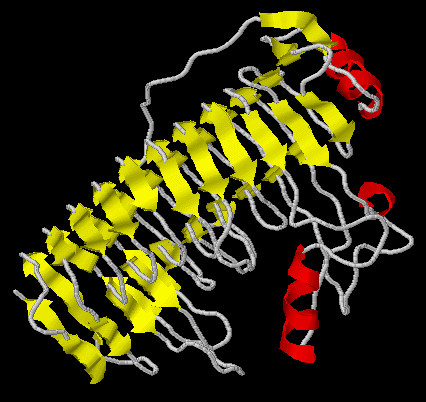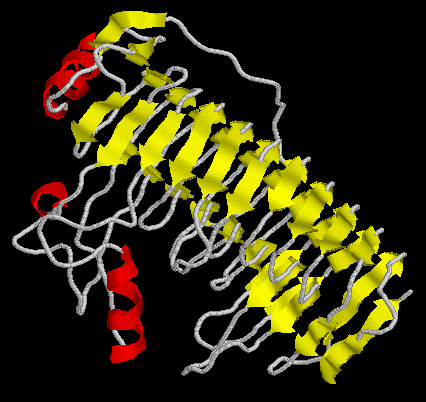Reliable Regions Definition
The following three values define reliable regions in the alignments. The values have no affect at all on the profile-derived alignment scores that are output in graphical form; the profile-derived alignment scores are based entirely on calculations made from the alignment between the target sequence and the template PSSM. These three values take the profile-derived alignment scores and use them to help define regions that are reliably aligned.
Those regions that are defined as reliably aligned are output in the form of a text alignment beneath the graphical output. Each aligned residue has a simple "yes"/"no" indication of the reliability, which can compare to the absolute score in the graphs. The default values are suitable for alignments produced by most methods.
Islands of Reliable Regions
Islands of reliable residues can be triggered whenever the profile-derived alignment scores climbs above a certain value. Basically if there are "x" consecutive residues with a score above the peak cut-off, an island of reliable residues will be triggered. This island will be extended in both directions along the sequence until the profile-derived alignment score falls below a certain score.
Peak Cut-off
Islands can be triggered whenever the profile-derived alignment scores climb above this cut-off as long as there are enough residues that above
this threshhold. The higher this value the fewer reliably aligned islands will be predicted, though the predictions will themselves be more reliable.
Residues in Peak
This defines the number of residues that need to be above the peak cut-off score in order to trigger an island of reliably aligned residues. The more residues needed to trigger an island, the fewer the number of islands, but the more reliable the islands are.
Tail Cut-off
The tail cut-off is an indication of how far you want the islands of reliably aligned residues to
extend. The higher the value, the shorter (but more reliable) the islands will be.
Which Options to Choose
The options that define reliably aligned regions have been tested on alignments from the multiple alignment program CLUSTAL (Thompson et al, 1994), the sequence profile-based methods, IMPALA, SAM T99 (http://www.cse.ucsc.edu/research/compbio/HMM-apps/) and PSI-BLAST, and the fold recognition programs GenTHREADER (http://www.psipred.net) and 3DPSSM (http://www.sbg.bio.ic.ac.uk/~3dpssm/). The default values worked for all methods, but the cut-off values for alignments from those methods, such as GenTHREADER and IMPALA, that also use template sequence PSI-BLAST profiles could be stricter, while the cut-off values may be relaxed for SAM T99, a method that avoids PSI-BLAST profiles altogether


